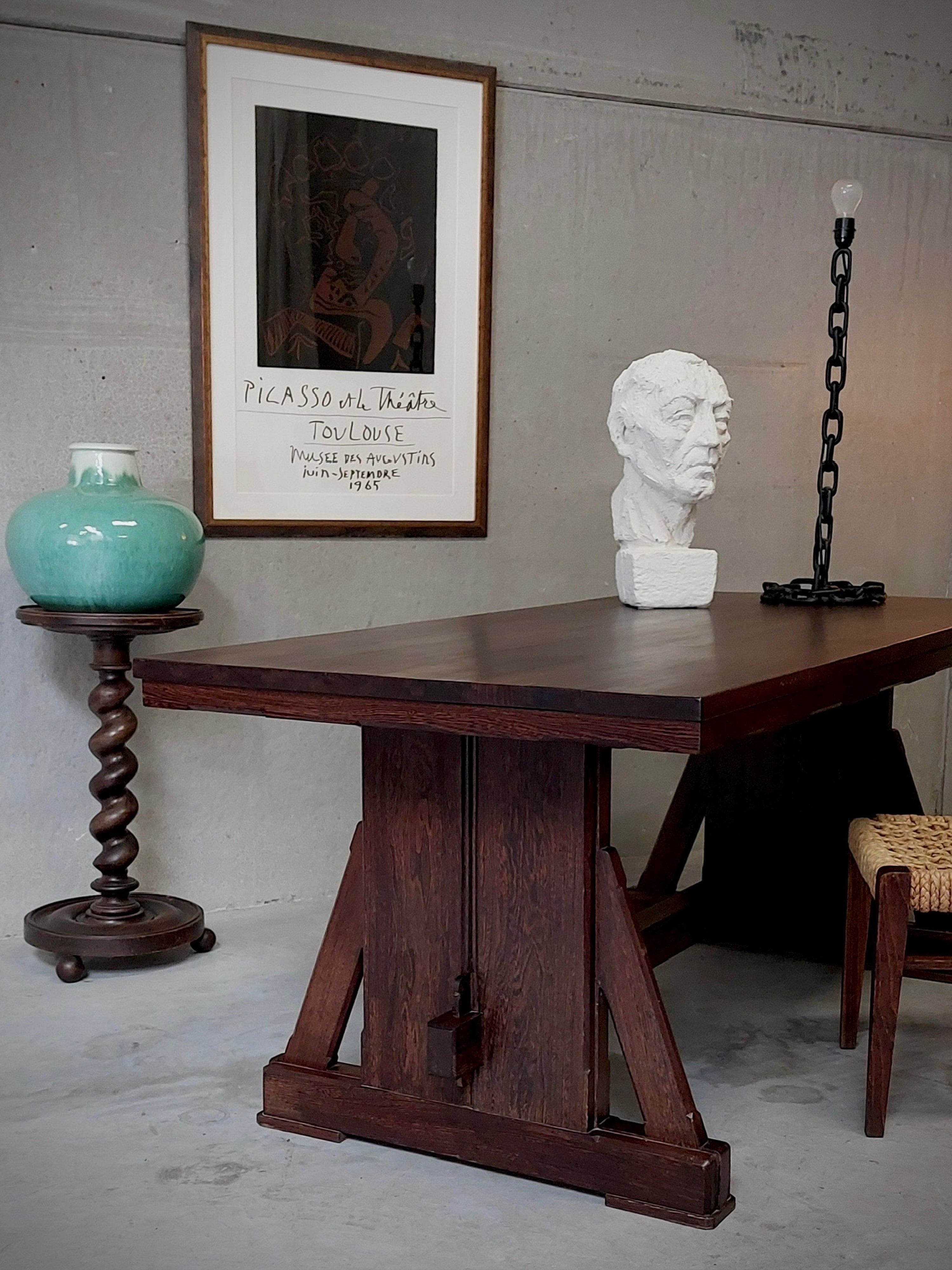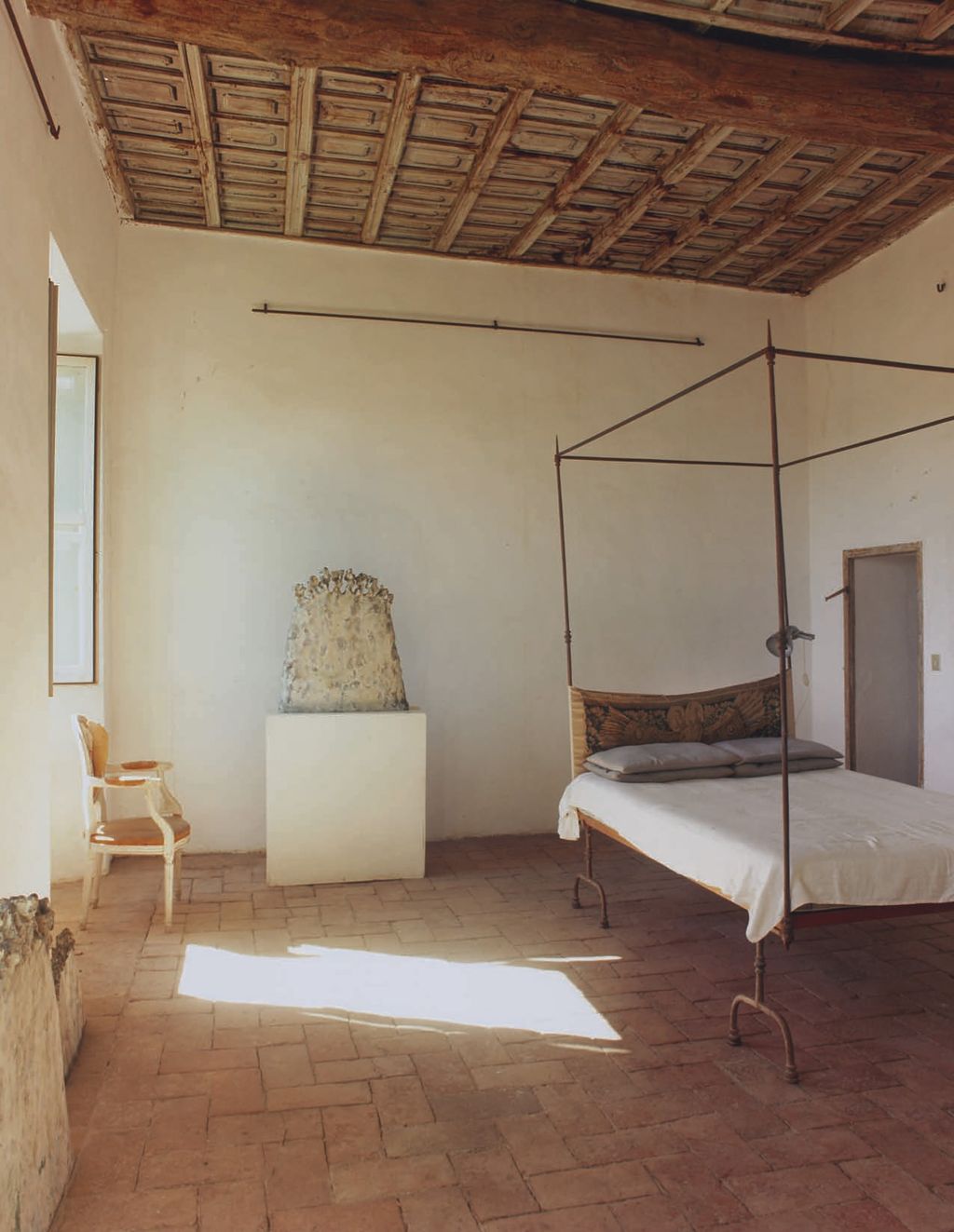The Journal
A glimpse into Lee's personal projects, passions, and perspectives.
Discover and shop pieces inspired by the latest influences in interior design.
A curated edit of highlights and intriguing finds from social media.

Tracing Europe’s shift from classic antiques to the bold, raw beauty of post-war Brutalism.
Read more
Featured in Cabana Magazine, my story of discovering an 18th-century trompe-l’œil armoire reflects the timeless artistry and stories they hold."
Read more
As the season turns to autumn, we are delighted to introduce a new collection of antique treasures.
Read more
An intimate look at the late Queen's personal writing desk at Balmoral Castle.
Read more
A look inside Scotland's Balmoral Castle, the late Queen's favorite residence.
Read more
An inspiring Sonoma wine country project for a dear client and friend of mine.
Read more
Style Spotlight: The Musée Bourdelle
One of my very favorite places in the world, Paris's Musée Bourdelle.
Read more
Introducing: New Pottery Collection from Ukraine
I am humbled to present a small collection of handsome, handmade and wood-fired black clay pottery made in collaboration with talented Ukrainian potters under abnormal war circumstances.
Read more
Home Is Where the Heart Is: Jeanneret in Chandigarh
On the fascinating work design legend Pierre Jeannaret produced for the city of Chandigarh, India.
Read more
Nestled in the sloping hills of Umbria, a midcentury architect's dramatic vision for an ideal metaphysical city.
Read more
Style Spotlight: The Omega Workshops
The Modernist design group's reverberant and lasting legacy.
Read more
With spartan simplicity, Cy Twombly's 16th-century Italian palazzo continues to inspire.
Read more
Style Spotlight: John Saladino
A rare glimpse at John Saladino's swank 1970s New York apartment.
Read more